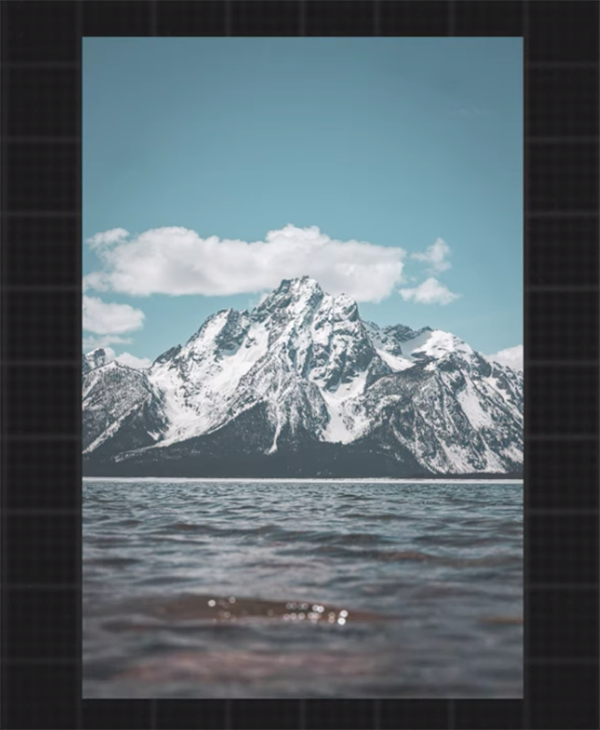How to Use Fill Flash to Brighten Shadows When Shooting Outdoors (VIDEO)
There are two primary reasons that some photographers avoid supplemental light when shooting outdoors. One is that they simply prefer the look of natural light imagery—and in most cases we tend to agree. On the other hand, there are those who refuse to use even the most basic speedlight because they don’t understand how it works.
The truth is that a single flash can make a big difference by filling in distracting shadows that detract from nearby subjects, and this video demonstrates how easy it is to get the job done—whether you’re capturing environmental portraits, macro images, or a variety of other outdoor scenes.
Instructor Scott Stockton is an accomplished wedding photographer based in Charlotte, NC who says, “I will travel all over the globe to shoot a wedding.” This behind-the-scenes session occurs closer to home as he photographs the pretty physical trainer Mali Clifton in a variety of spots where shadows are an issue.

Stockton’s goal for this episode is “to show you how to master flash photography with ease.” He admits that most of the images could have been captured with natural light, but they would have required more editing in post. So here’s the deal: “Just adding one flash to fill in shadows with soft light makes the photos pop and makes your life easier with editing.”
This basic approach involves two steps; first expose for how you want the scene to look in the camera, and then add a flash into the mix. Stockton explains his approach like this: “I’m always doing high-speed sync, and I shoot with a wide open aperture so I’m only adjusting shutter speed. It’s that easy.”
While watching the session progress you’ll learn everything you need to know, from the appropriate camera and flash settings to choosing the best camera angles and positioning the subject accordingly. Along the way, thanks to Stockton and his experienced model, you’ll also pick up some valuable tips on posing.

Skillful composition also factors into the equation when dealing with mixed light, and Stockton discusses this too. So dig out the lonely flash from the back of your cabinet so that both of you can watch how it’s done. You’ll see the big difference a flash can make in the quality and the impact of your images.
Then head over to Stockton’s popular YouTube channel where’s there’s much more to learn.
We also suggest checking out an earlier tutorial we featured from anther accomplished pro who describes a unique method for simplifying your outdoor photography and capturing images that stand out from the crowd.








